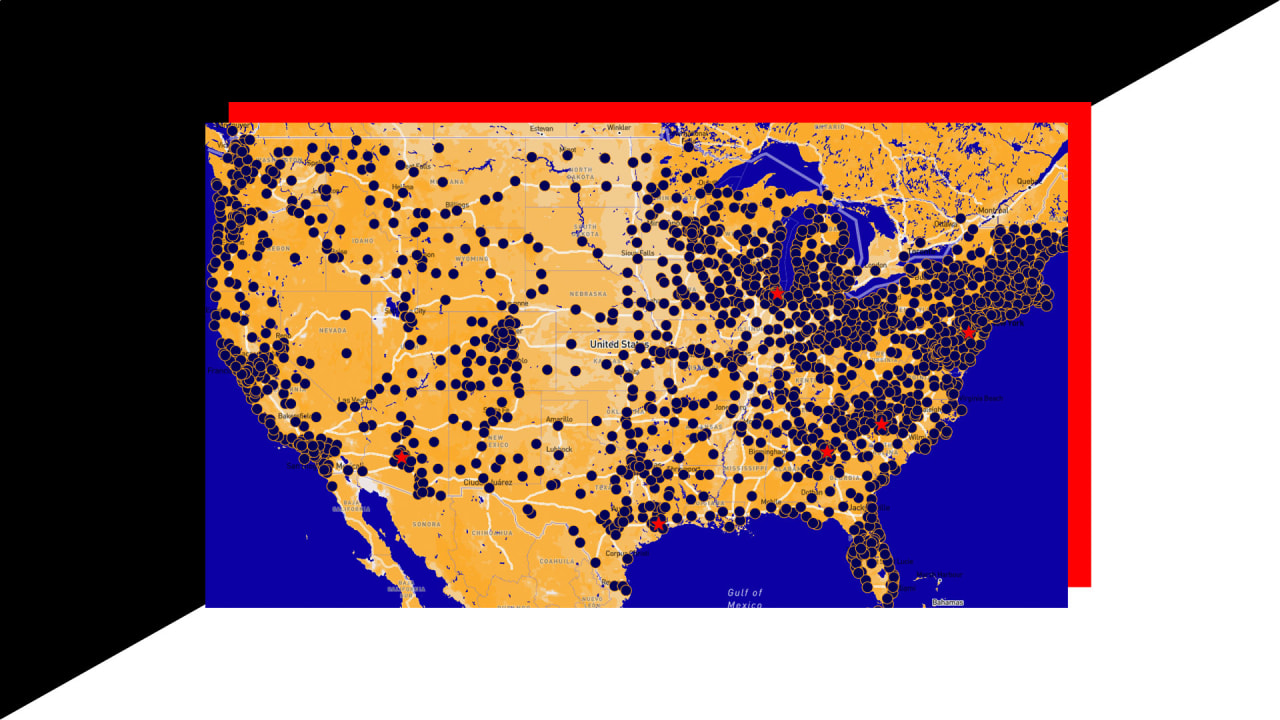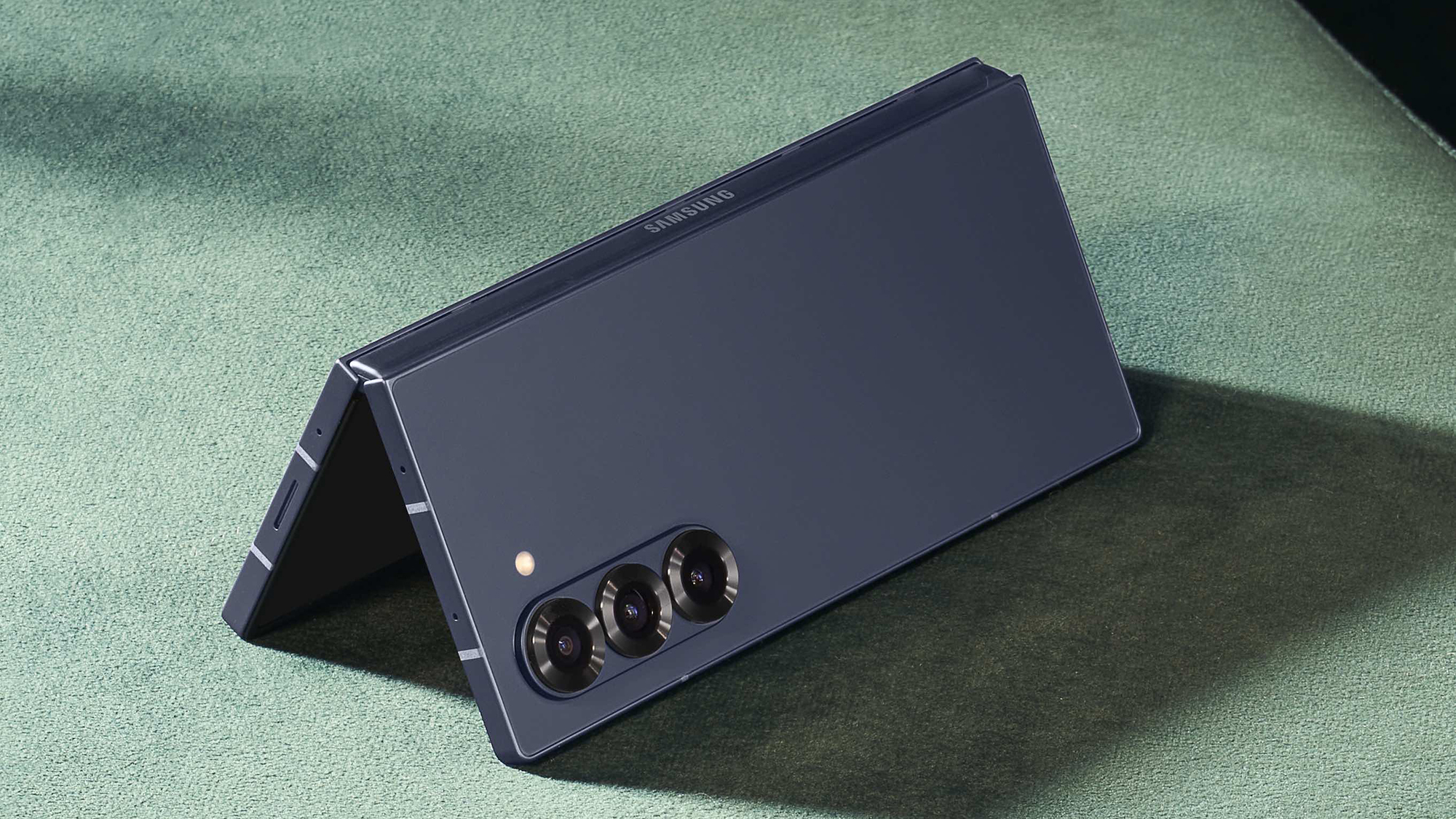These VA Tech scientists are building a better fog harp
Combining vertical "strings" with periodic horizontal wires stops clogging and clumping, boosts efficiency.

Arid coastal regions that are also prone to fog are prime locations for fog-harvesting devices as a water source, especially during prolonged droughts. But the standard technology is prone to clogging. Scientists at Virginia Tech have created an improved version of their earlier "fog harp" alternative design to address that issue, according to a new paper published in the Journal of Materials Chemistry A.
Fog harvesting (or dew catching) is an ancient practice dating as far back as the Incas, who placed buckets under trees to collect condensation. It's also practiced by certain insects, notably Namib desert beetles, which survive on the water that condenses onto their wings. The wings have alternating hydrophilic and hydrophobic regions to enhance the condensation. Today's fog harvesters are usually mesh nets mounted onto frames with a trough or basin underneath. Like the beetle's wings, the mesh filaments are chemically coated to be either hydrophobic or hydrophilic.
The efficiency of these water harvesters depends on decreasing the size of the filaments and the mesh holes. "If the holes were too big, the microscopic droplets would pass through it, and it wouldn't harvest much water," co-author James Kaindu, a student in researcher Jonathan Boreyko's lab at Virginia Tech, told Ars. The trade-off is that smaller filaments and holes are more prone to clogging. "If it was too small, the droplets would coalesce and create a water film on it," said Kaindu. "It would impede the flow and act as a barrier that would dramatically affect its capture efficiency."





![X Highlights Back-To-School Marketing Opportunities [Infographic]](https://imgproxy.divecdn.com/dM1TxaOzbLu_kb9YjLpd7P_E_B_FkFsuKp2uSGPS5i8/g:ce/rs:fit:770:435/Z3M6Ly9kaXZlc2l0ZS1zdG9yYWdlL2RpdmVpbWFnZS94X2JhY2tfdG9fc2Nob29sMi5wbmc=.webp)



















































































































.png)







































































